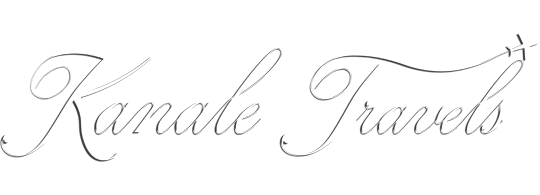It’s hard to believe I am actually in a country where not very long ago, we, as Americans, for all intents and purposes, were not allowed to travel to. When we first arrived here in St. Petersburg, my first impression was that it looked like many other European cities, judging from the neighborhoods we drove through. Soon, I saw the buildings and signs with Cyrillic lettering and it became clear that yes, this is Russia. I had to take a couple of minutes to let that fact sink in. When it did, I was determined to absorb as much of Russia as I could during our very short time here.
I didn’t know exactly what I wished to accomplish while here, but did I know I wanted to try some authentic Russian fare. I also knew I wanted to try some Russian vodka. And see some onion-domed buildings.
Since we arrived in St. Petersburg by cruise ship, most of the Russian entry arrangements were taken care of beforehand. And, since we arranged our excursions in the city through the ship, we did not need to apply for a Russian visa. Supposedly, if you wanted to sightsee on your own or if you booked an independent tour, you were responsible for securing your own visa and other necessary paperwork before leaving your home country. Russia is quite strict about documentation. No surprise there. For this cruise, so was Carnival Cruise Line. If you didn’t have the proper documentation, you would not be allowed to board. And no refunds for your cruise would be provided. We were warned about this several times, several months in advance. Our cruise director had seen instances on past cruises where passengers tried to get off the ship in St. Petersburg without the proper paperwork; operative word here being “tried”. Those passengers did not get to see St. Petersburg, and no refunds were forthcoming. I made darn sure we would not have any problems with passports, visas, boarding passes, or anything else of that nature.
We signed up for an excursion called The Grand Tour. The tour was designed “especially for you to see as much of St. Petersburg as you can in two days.”
Once we boarded the bus, our guide Natasha introduced herself. She introduced the driver as being the second-best driver in St. Petersburg. She issued us earphones so that we could hear her while exploring the many sites we’d be visiting. We would soon learn over the course of the next two days that Natasha was the best guide we have ever had. We discovered, as you soon will, that her knowledge of art, architecture, history, and culture, seemed boundless. She was very patient and friendly.
We were enjoying a remarkably sunny day. We arrived here at the tail end of a heat wave Europe was experiencing. It was in the mid-seventies (around 75℉/25℃). The day was marred only by occasional bouts of hazy cirrus clouds. Natasha remarked that our group had brought this great weather with us. She also excitedly admitted, “We never get weather like this!” Normally, she said, weather in Russia is, “Nine months of expectation, followed by three months of disappointment.” She would repeat this several times during our two days with her.

Tsar Peter the Great founded the city of St. Petersburg in 1703. Before construction began, he had the swamps drained using a series of canals. Many of these same canals are still in use today. The city has undergone several name changes since its founding. The original name was Sankt-Peterburg (Saint Petersburg in English). Then, during World War I, the name was changed to Petrograd. Then, following the death of Vladimir Lenin, the city was renamed Leningrad in his honor. In 1991, the name of the city was again changed, this time back to its original name of Sankt-Peterburg (No letter ‘s’ in the Russian spelling). Or, if you are a local, you’d just refer to it as simply ‘Piter’. Did you follow all of that?
Our route to the first stop on our itinerary would take us not into the city, but to its outskirts. On our way out to Pushin, we passed by Victory Square (Ploshchad Pobedy). As we went around the traffic circle, we got a good look at the Monument to the Heroic Defenders of Leningrad, easily identified by the 48-meter granite obelisk.




Comments are closed.